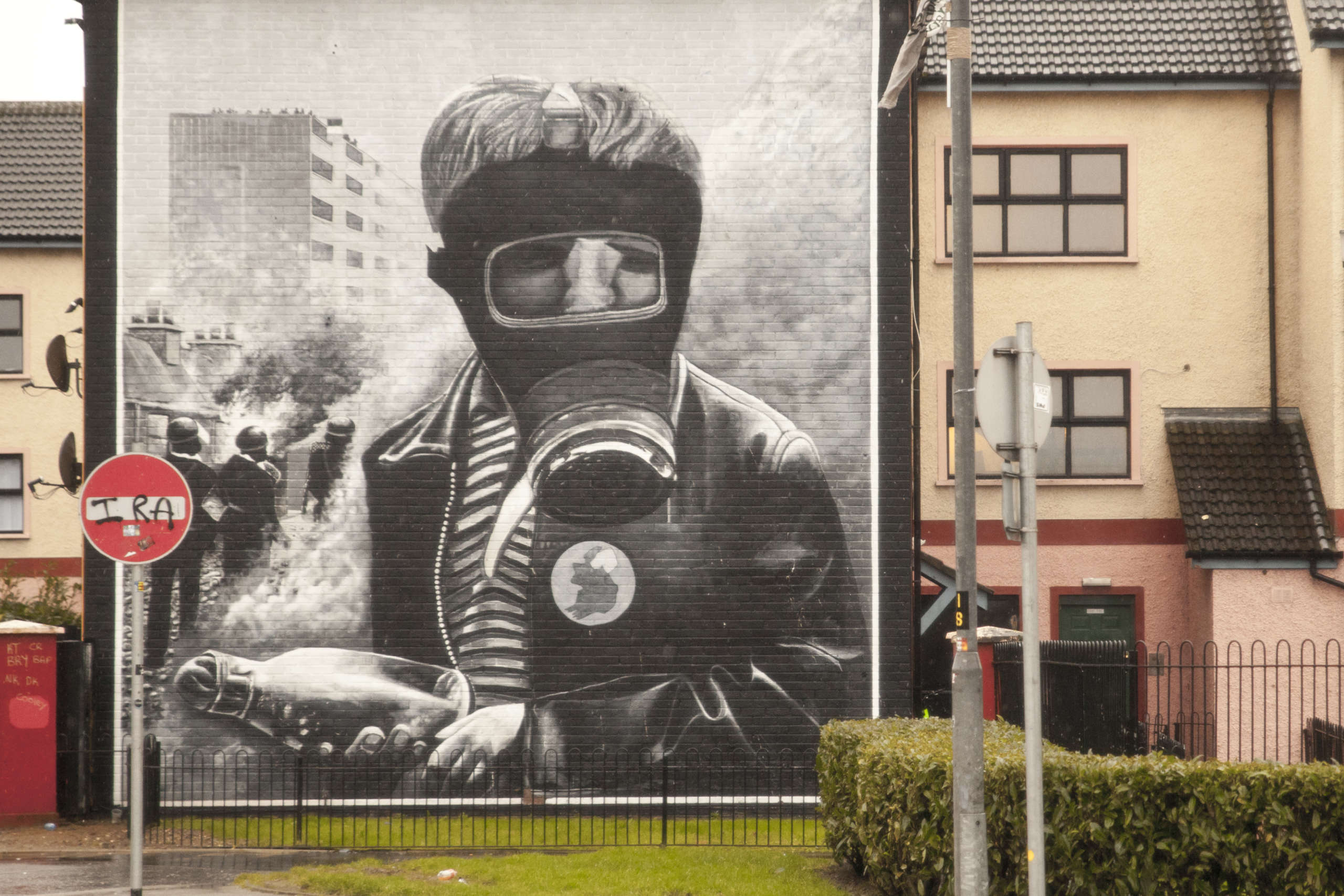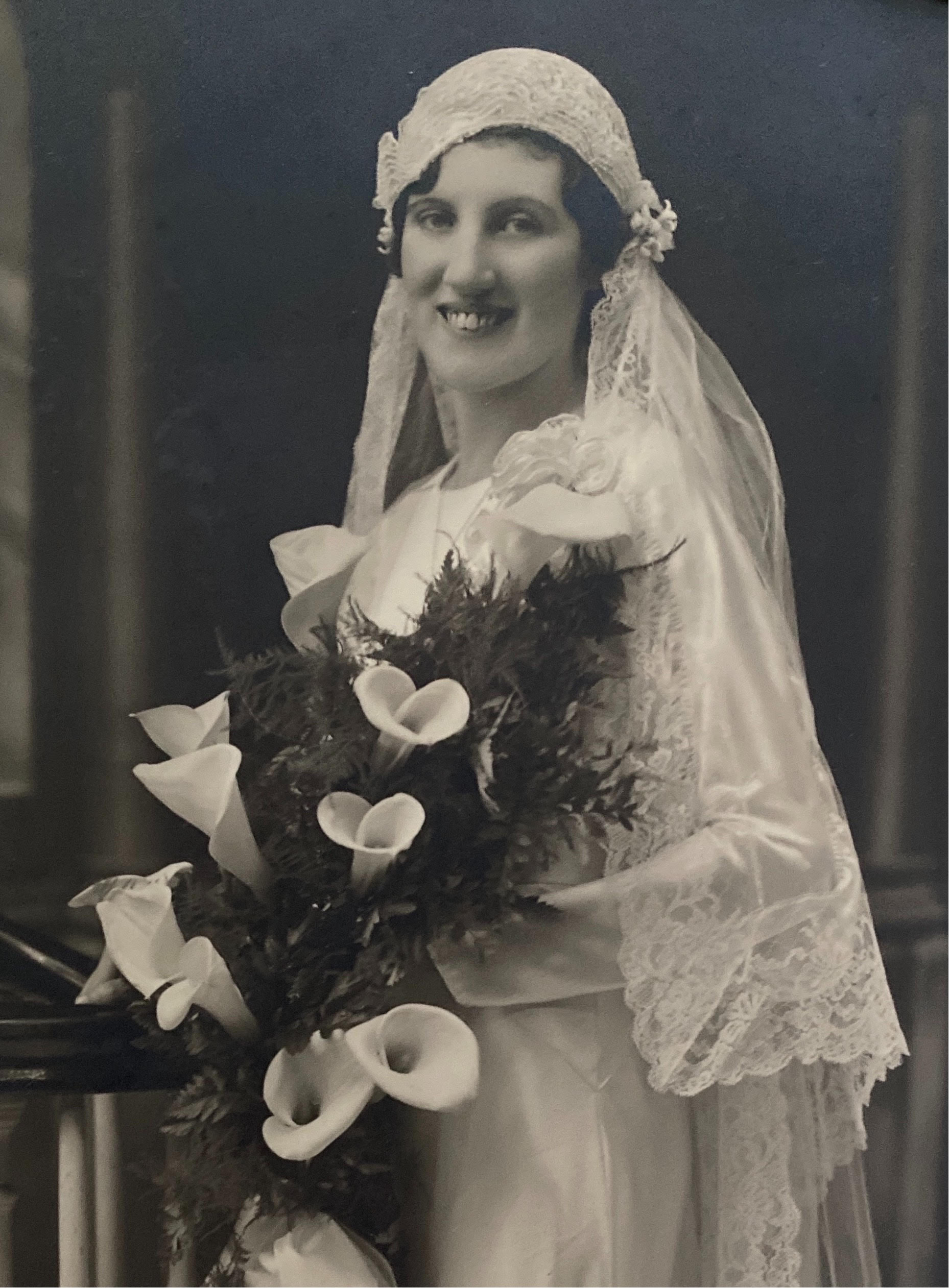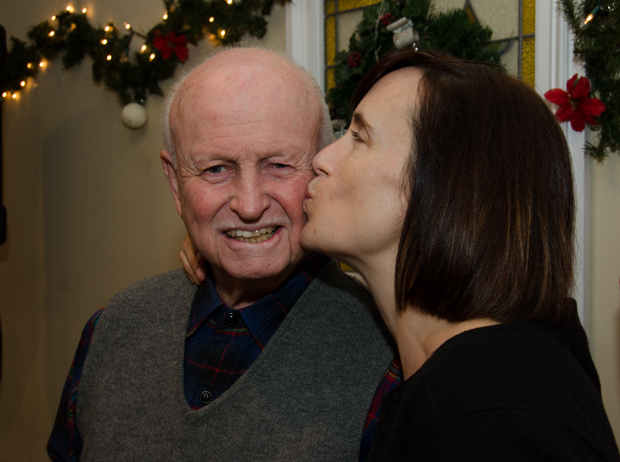Twentieth century Irish history is marked by political turmoil, starting with the birth of the Republic right on through to the long, violent period known simply as “The Troubles.”
Throughout his years at Council Rock High School, Ryan Conner, a recent graduate of William & Mary, absorbed a good deal of United States and world history—but the island’s turbulent recent history never showed up in the high school curriculum. So now, he is writing the book he wishes he had been given to study.
The book has a tentative title, subject to change to something more user-friendly before publication—“One Man, One Vote: Northern Ireland’s Civil Rights Movement 1963 to 1972”—and it is currently undergoing additional research and revisions.
Conner’s book traces its origins to an initiative called the Book Creators Program, run through the Creator Institute, and overseen by a professor at Georgetown University. He learned about it from a friend.
“It’s a very, very popular program,” Conner says. “I started the program and the first five or six months were dedicated to doing the research and creating a roughly 25,000-word draft. In my case, that required getting the first draft done by mid-June, which I did successfully. One of the benefits of the program is that the professor has a relationship with a publishing house called New Degree Press. Assuming the authors meet their checkpoints and deadlines, produce enough words of quality material, and take the standard amount of time for revision and editing, then there’s a path to publishing (through New Degree).”
New Degree, he says, also provides two alternatives for financing the book—out of pocket, or crowd-sourcing.
The book goes to copy editing in mid-October and should be published in mid-December.
Conner is completely comfortable reading and writing academic literature, but this book is geared more toward a popular audience, which is a challenge in and of itself.
Perhaps more challenging is boiling down some of the most critical years of The Troubles into a manageable book that, given the depth and complexity of the subject matter, could easily otherwise become a lengthy treatise, verging on the encyclopedic.
The core of the book relates to Northern Ireland’s civil rights movement and the early years of The Troubles, starting decades before that, to the years of the island’s rule by the British, World War I, the Easter Rising, partition, the revolution, and the emergence of the Irish Free State.
“One of the themes is how the twin political forces of nationalism and unionism developed on the island,” Conner explains. “I’m particularly focused on how the creation and the drawing of the border between Northern Ireland and the Free State really influenced where all of that left northern nationalists—Catholics—who would ultimately become so influential in the start of the civil rights movement 30 or 40 years later.
“Then I take it through the ‘40s and ‘50s and trace the emergence of two major political traditions in Irish nationalism—constitutionalism, or working within the system to create political reform, versus the physical force Republican tradition. And then in the late ‘40s and the early ‘50s, we begin to see the emergence of non-violent direct action, which of course would be familiar here in the United States with our own civil rights movement.”
As we transition into the 1960s, the long-simmering dispute explodes into a more violent phase. “As you go through the end of 1968 and 1969, you start to see more demonstrations,” Conner notes. “Not just from the nationalists, but from extreme unionists under Ian Paisley. These two forces really polarized Northern Ireland, and it’s this polarization that by 1969, when the traditional Protestant marching groups hold their annual parades in Derry, you see riots break out for days, not just in Derry, but spreading to Belfast. Some refer to 1968 as the start of ‘The Troubles’.”
Closing out the book, Conner closely examines the events leading up to January 30, 1972—Bloody Sunday, when British snipers shot to death 13 unarmed civilians at a civil rights protest.
In writing his book, Conner draws from many sources, digging deeply into the oral histories of Catholics and Protestants in the 1960s. Additionally, there were many television interviews with revealing footage.
“The really cool thing about these interviews is that they not only feature more prominent figures like Bernadette Devlin,” says Conner, “but also less prominent people who might not be as well known to people here in the United States.”
There’s also video of demonstrations, including an October 5, 1968, clash between demonstrators and police, with police leading a baton charge.
As with all first-time authors, Conner hopes his book will be a success. But how to gauge success? To Conner, who has deep Irish roots, one measure will be to effectively and compellingly reveal to a lay audience the stories of those who were there in the midst of the turmoil. But another goal is far more personal.
“I’m not just going to finish it and move on to something else,” he says. “It’s really the start of a long process of learning more about my relationship with my distant ancestors—understanding my place in the world today and my understanding of my responsibilities to Irish history. The big question I ask is this: How do I, based on my understanding of the past, understand myself.”




